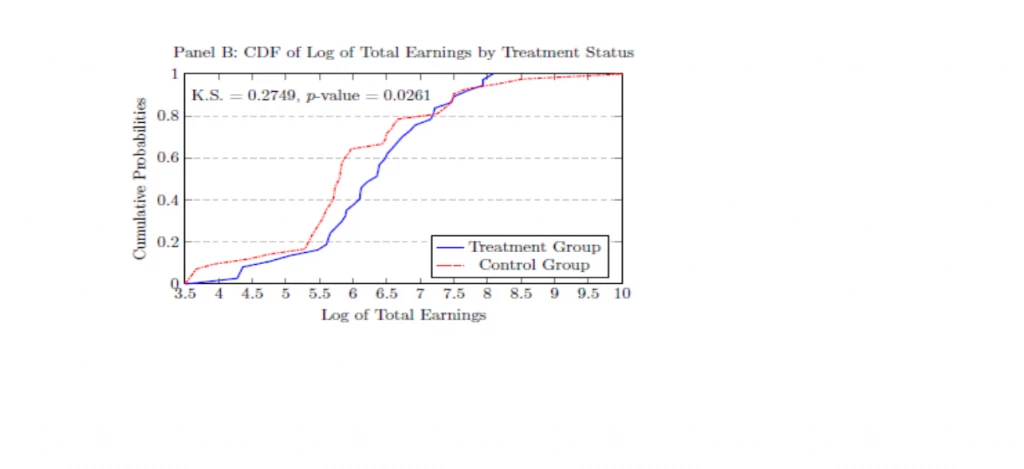From 1987-1989 a study enrolled a group of 129 stunted (malnourished) children in Jamaica in an early childhood development intervention. Some kids (randomly assigned) got a stimulation intervention in which a community health worker encouraged and trained mothers in interacting with their kids (educational games, showing them things, praising them and the like). Other kids got a nutrition supplement (with extra for the rest of the household) and some kids got both. And this was compared with a control group that received nothing.
So how are those kids doing today? Two neat new studies do the hard work of tracking them down. One study by Gertler, Pinto, Grantham-McGregor, Walker, Heckman, Chang-Lopez, Vermeersch and Wright looks at the economic outcomes. And another by Walker, Change, Wright, Pinto, Heckman, and Grantham-McGregor looks at the psychological and socio emotional outcomes.
Before delving into the results, it is important to note that there is a long and impressive trail of follow- up studies, of which these are just the most recent ones. Early work found that the nutrition intervention didn’t show any significant effects way back at the end of the intervention, so the focus since then has been mostly on the stimulation intervention.
So, at age 22, these kids were doing significantly better than the control group, earning 25 percent more. Now, at age 31, this gap has grown further – the kids who received stimulation earn 37 percent more, with 43 percent higher hourly wages. And the effects for women are larger than they are for men. Gertler and co. show us that this holds over almost all of the distribution.

What might be behind this? Well, it’s not labor force participation: the treatment group is not more likely to be employed than the control group. Education is one likely candidate: those who received the stimulation intervention are 14 percentage points more likely to have enrolled in college, and 26 percentage points more likely to have a higher education diploma.
The Walker and co. paper gives us another set of potential explanations. Those who got the stimulation intervention have significantly higher IQ, higher grit scores, lower depression, higher conscientiousness, and lower substance use (among other things). So, while we can’t tease out the progression of effects here, all of these are likely part of the story too.
This is super neat work. First, it’s impressive to see the long-haul investment in following up, with data points along the way. Second, it’s excellent to get long-term effects of ECD interventions in a developing context (Maluccio and co. have done similar work on the nutrition side) and to see how big and long lasting the payoff is. And, last, but not least, it’s a neat study for the methods – the authors give us some sense of the tracking (25% attrition, and the results are robust to it) and the econometrics one can use to deal with a small sample.


Join the Conversation